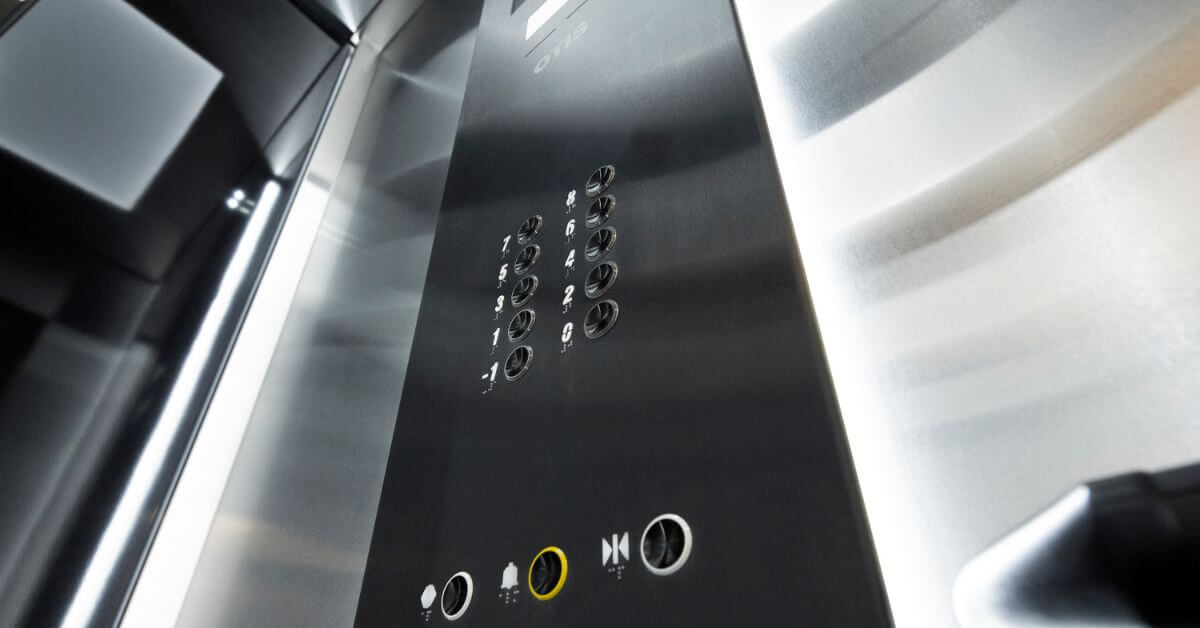Top Lift Companies in London: Offering High Quality Installations and Upkeep
Wiki Article
Exploring the Globe of Lifts: Typical Issues Encountered by Different Lift Devices
As we navigate via the upright transport systems of modern structures, elevators stand out as an essential part of our everyday lives. However, behind their smooth operation exists a world of intricate devices that can in some cases encounter obstacles. From hydraulic elevators to grip systems and machine-room-less styles, each lift kind includes its collection of typical concerns. Comprehending these challenges is vital for guaranteeing the smooth performance of these important systems. Allow's explore the intricacies that underlie the operation of elevators and the possible problems that can emerge, shedding light on the complex web of lift systems.Hydraulic Lifts
Hydraulic lifts, frequently favored for low-rise buildings, use fluid stress to regulate the movement of the elevator cars and truck (lift repair companies). This mechanism includes a hydraulic pump pressing oil right into a cyndrical tube, causing the elevator to relocate in the wanted instructions. While hydraulic elevators are understood for their smooth and silent operation, they do come with their own set of typical concernsOne common issue with hydraulic elevators is oil leakage. Furthermore, problems with the control system, such as defective valves or a malfunctioning pump, can cause disruptions in the elevator's activity.
Normal upkeep and timely repair services are important to make sure the smooth functioning of hydraulic lifts. By resolving these usual problems proactively, building owners can minimize downtime and make certain the safety and security and performance of their upright transportation system.
Traction Lifts
When thinking about vertical transportation systems in structures, one more common type other than hydraulic elevators is the traction lift. Grip elevators run utilizing a system of ropes and counterweights that relocate the lift automobile by gripping onto the hoist ropes. This device enables smoother and quicker vertical transport compared to hydraulic systems.Among the typical issues encountered by traction elevators is rope wear. The continuous activity of the ropes within the grip system can cause tear and put on with time, potentially triggering the lift to malfunction or come to be hazardous for usage. Routine evaluations and upkeep of the ropes are necessary to guarantee the lift's proper performance and security.
An additional problem that grip elevators might experience is associated with the control system. Issues with the control system can bring about problems such as irregular motion, hold-ups in response times, or also complete shutdowns. Normal testing and upkeep of the control system are crucial to stop such issues and guarantee the lift's reliability.
Machine-Room-Less (MRL) Elevators

Among the crucial elements of MRL elevators is the portable gearless grip device that is installed within the hoistway. This equipment effectively drives the elevator car without the demand for large devices located in standard traction lifts. Additionally, MRL lifts normally utilize a weight system to balance the vehicle, more improving their energy effectiveness.
In spite of their benefits, MRL elevators might encounter difficulties associated with repair and maintenance due to the restricted room for equipment setup. Access for servicing components within the shaft can be restricted, calling for specialized training we maintain lifts for specialists. Appropriate upkeep schedules and routine assessments are crucial to guarantee the ongoing smooth procedure of MRL lifts.
Overloading and Weight Limit Issues
Are elevators furnished to take care of excess weight loads efficiently and safely? Overloading and weight restriction issues are vital worries in lift procedures. Elevator producers style raises with details weight abilities to ensure passenger security and devices durability. Surpassing these weight limitations can bring about numerous troubles, consisting of mechanical failings, hold-ups, and safety and security threats.When elevators are overloaded, it puts too much pressure on the electric motor, cable televisions, and other components, possibly creating breakdowns or break downs. Safety and security devices such as sensing units and overload sensors remain in area to stop elevators from moving if they identify excess weight. Additionally, going beyond weight limitations can lead to raised energy consumption and damage on the elevator system.
To minimize overwhelming issues, constructing managers should plainly display weight restrictions in elevators and enlighten occupants on the significance of sticking to these limitations - lift repair companies. Regular upkeep checks by qualified lift repair near me service technicians can also aid guarantee that lifts are operating within secure weight parameters. By attending to overloading and weight limit problems proactively, building owners can boost elevator security and efficiency
Electrical System Failings
Exceeding weight limitations in lifts can not just lead to mechanical concerns but likewise possibly add to electric system failings within the lift framework. Electric system failings are a critical concern in elevator operation, as they can cause unexpected closures, breakdowns, or also safety and security threats.Moreover, power rises or variations in the electric supply can likewise interrupt the elevator's operation, affecting its performance and safety and security. These electric disruptions can damage sensitive elevator parts such as control board, circuit card, or sensors, resulting in system failures. Normal upkeep and assessments are important to determine and deal with potential electric problems quickly, ensuring the secure and reliable procedure of disabled platform lifts prices uk elevator systems. By adhering to weight restrictions and carrying out routine electric system checks, building owners can alleviate the danger of electrical failings in elevators.
Conclusion

Hydraulic lifts, frequently preferred for low-rise structures, use fluid stress to manage the movement of the lift automobile.When considering upright transportation systems in structures, one more usual type aside from hydraulic lifts is the traction lift. Traction lifts operate utilizing a system of ropes and counterweights that relocate the lift cars and truck by gripping onto the hoist ropes. Unlike typical elevators that call for a separate maker room to house the devices, MRL lifts integrate many of the components within the shaft, getting rid of the need for a specialized machine space.In conclusion, elevators encounter common problems such as hydraulic breakdowns, traction system failures, and electric system problems.
Report this wiki page